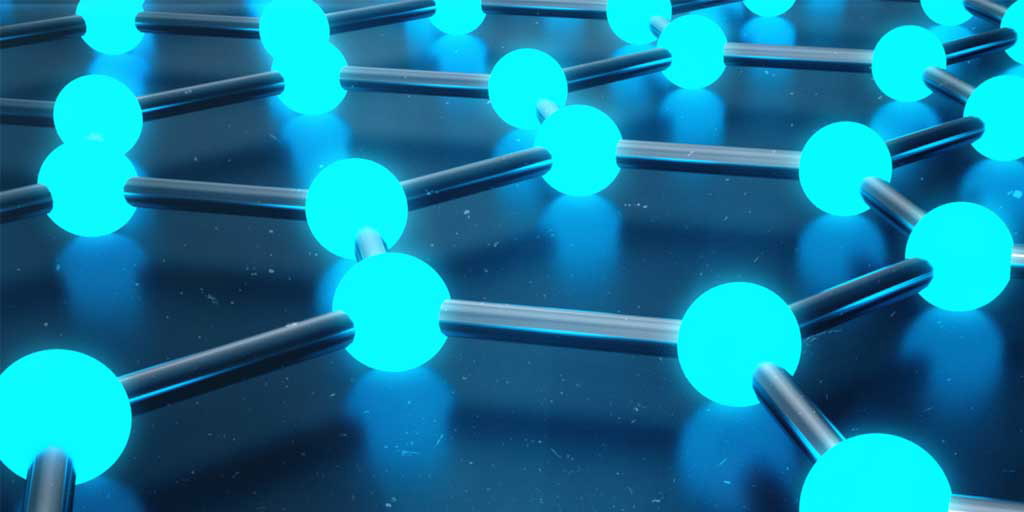Begin with an engaging hook that captures the reader’s interest. Briefly introduce the material and its significance.
“Graphene, often hailed as a ‘wonder material,’ is revolutionizing multiple industries with its extraordinary properties. From electronics to healthcare, this single layer of carbon atoms is poised to transform our world.”
Section 1: Understanding Graphene
Keywords: graphene structure, carbon atoms, hexagonal lattice
Graphene is a single layer of carbon atoms arranged in a hexagonal lattice. This structure gives it remarkable strength and electrical conductivity, making it an ideal material for various applications. Unlike traditional materials, graphene is incredibly thin yet robust, enabling new possibilities in technology and engineering.
Section 2: Graphene in Electronics
Keywords: graphene electronics, conductivity, flexible screens
One of the most promising applications of graphene is in the field of electronics. Its excellent conductivity and flexibility make it perfect for developing advanced electronic devices. For instance, graphene can be used to create flexible screens that are both durable and lightweight, paving the way for innovative smartphones and wearable technology.
Section 3: Graphene in Medicine
Keywords: graphene medical applications, drug delivery, biosensors
In the medical field, graphene’s unique properties are being harnessed for cutting-edge applications. Researchers are exploring graphene-based drug delivery systems that can target specific areas within the body, increasing the efficacy of treatments. Additionally, graphene biosensors offer unprecedented sensitivity, potentially revolutionizing diagnostics and monitoring of various health conditions.
Section 4: Environmental Impact of Graphene
Keywords: graphene environmental benefits, water purification, sustainable materials
Beyond technology and medicine, graphene also offers significant environmental benefits. Its use in water purification systems can help address global water scarcity by providing efficient filtration at a lower cost. Furthermore, graphene’s potential in creating sustainable materials could lead to more environmentally friendly manufacturing processes.
Section 5: Challenges and Future Prospects
Keywords: graphene production challenges, commercialization, future applications
Despite its numerous advantages, the widespread adoption of graphene faces several challenges. Mass production and cost-effectiveness remain significant hurdles. However, ongoing research and development are likely to overcome these obstacles, unlocking graphene’s full potential in the near future.
Conclusion
Summarize the key points and restate the significance of the material.
“Graphene’s remarkable properties and diverse applications make it a material of the future. As researchers continue to explore its potential, graphene is set to play a crucial role in shaping advancements in technology, medicine, and environmental sustainability.”


Leave a Reply